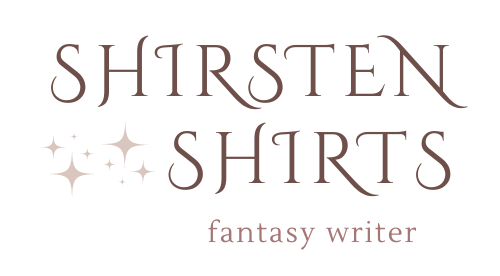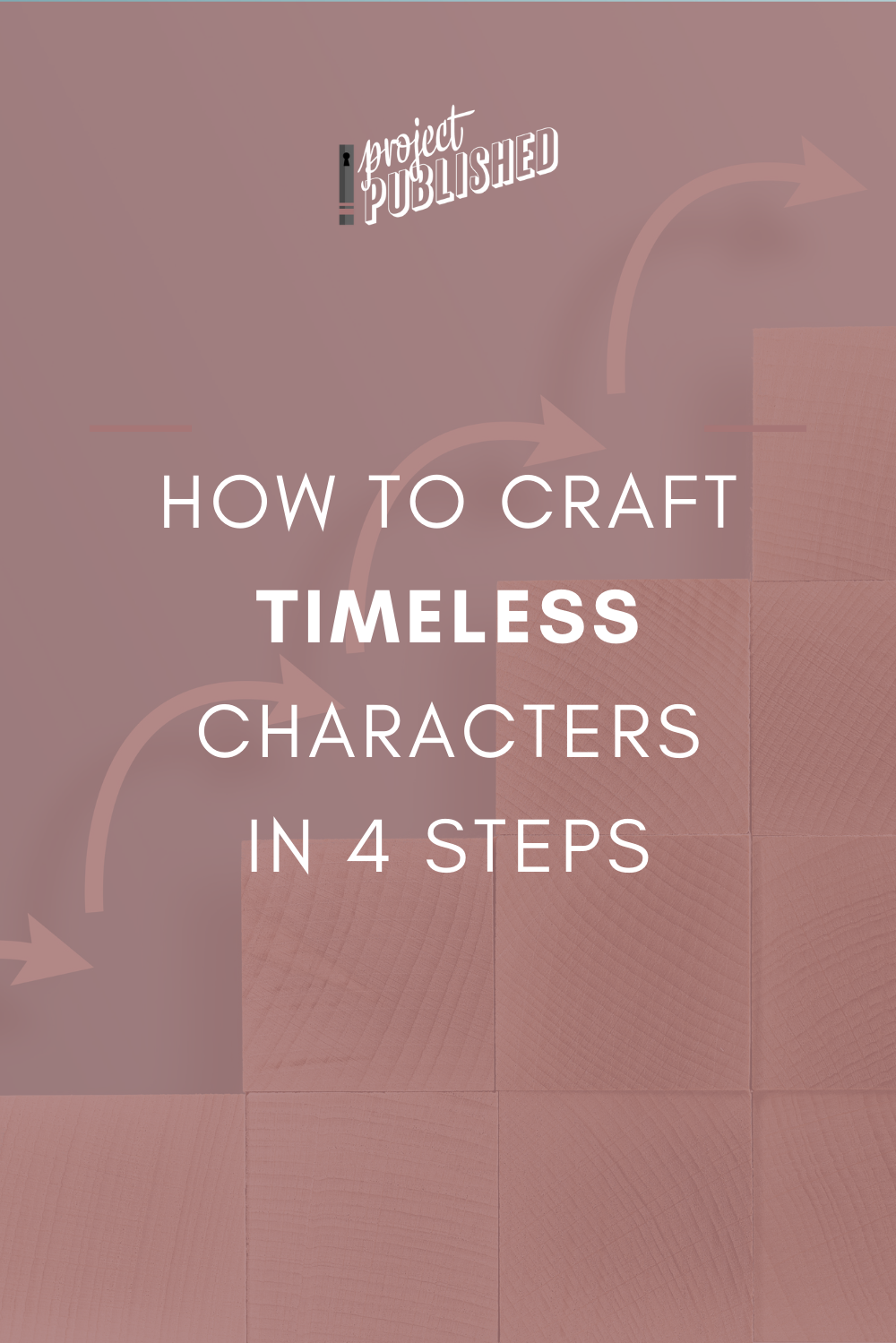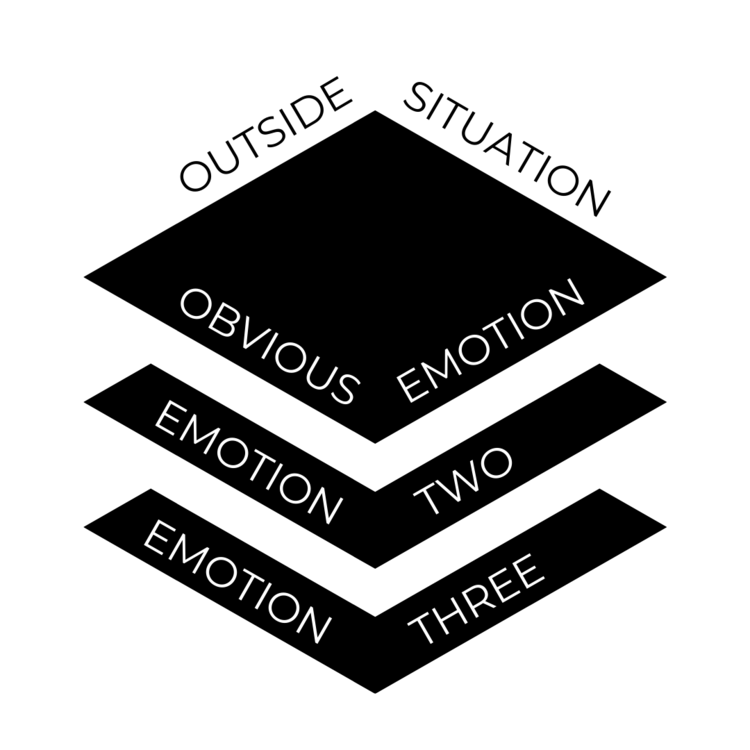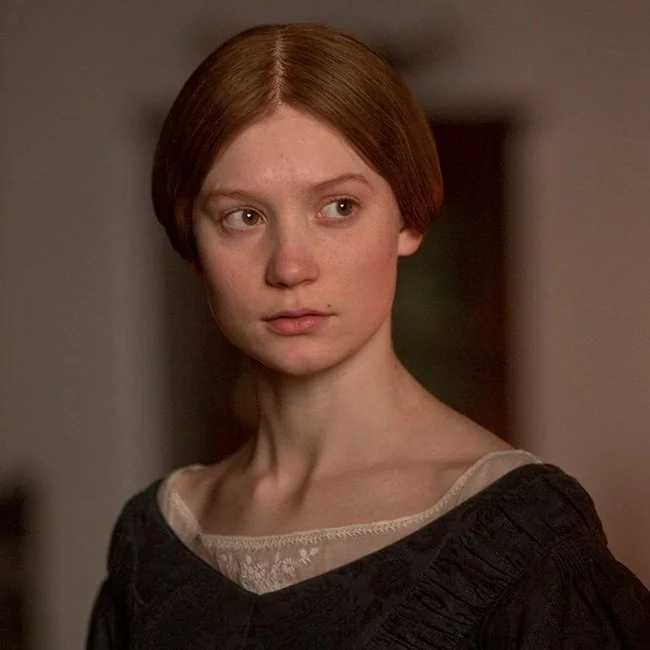How to Craft Timeless Characters in 4 Steps
What does it take to create timeless characters?
My favorite way to figure this out is by looking at some of the best characters that have already been written. By doing this, it can be surprisingly simple to figure out the formulas at play behind the scenes.
For this post, I've got a 4-step framework I've applied to 3 timeless, compelling characters. At the end, I'll show you the framework in action.
But first things first, we gotta start at the beginning.
1. Create timeless characters by rooting everything in a character’s Wound
There are lots of ways to go about outlining and writing. And on this blog, you'll see me playing with many different formulas. However, things like a character's Desire and Wound are going to come up again and again. Because they're fundamental to the character's transformation (which is what a story is).
That's why I started this framework with the Wound. Arguably, the moment that set your hero's story in motion.
2. Create timeless characters by building off of that Wound into an insatiable Desire
A Desire is simply what your character is looking to get or achieve. Because they believe it will make them happy. We'll take a look at this in action in the examples below.
3. Create timeless characters by tapping into honest and vulnerable emotions
The easiest way to tell whether or not a character's emotions are honest is by whether or not the story impacts us as a reader. The most impactful stories are the ones that make us feel (not just the character), and this is accomplished when emotions come from an honest place that likely started with their Wound. Again, you'll see this play out in the examples below.
Creating Timeless Characters by Going 3 Layers Down
For all 4 steps to really make sense, there's one more detour I'd like to take before getting to the examples.
Let's dive a little deeper into emotions.
In his book The Emotional Craft of Fiction, Donald Maass discusses the concept of the third-level emotion.
This is simply when a storyteller takes the obvious emotion a character would be feeling in a given moment and then goes a level deeper.
Humans experience a rainbow of emotions. Always. In other words, there is always another emotion to choose.
But it’s called the third-level emotion. So what does the storyteller do next? They go yet another layer deeper and grab a third unexpected (but relevant) emotion.
This technique allows the storyteller to surprise their reader as well as themselves.
It gives a deeper look into a given moment and its emotionality. It allows the storyteller more honesty and depth and offers the reader a more unexpected and emotional experience.
You can see this playing out in the examples below.
Each character's Wound creates emotion. But in a good story, it creates a rainbow of surprising, but honest emotions that touch the surface throughout the course of the story.
P.S. In a really good story, this technique is applied to each and every character.
Why does this work?
Put simply, this technique works so well because readers like to be challenged.
My husband works in marketing, and we often discuss why some of his projects that he consults on take off when others don’t.
One answer is that the consumer is challenged…but not too much.
For example, he recently worked on a voice training program that is designed to help singers become better, which it does by making singing an athletic event. Develop more flexibility, strength, and coordination in your vocal cords and you’ll become a better singer. This is a surprising and unexpected approach to singing…but it’s still familiar. It still makes sense.
People crave comfort and familiarity, but they also want to grow and be challenged.
This explains why the “3 layers down” rule works so well. When you go three layers down with a character’s emotion, you arrive at something unexpected. Something that will challenge and surprise readers…but not too much.
It’s still just an emotion. It’s still relatable. Something the reader has almost certainly experienced...just perhaps not in that context.
This technique literally engages a reader’s brain psychologically. Because it's relatable, but challenging. It invests them in the story more.
It engages the storyteller by forcing them to dig deeper with their character and craft and by making them confront unexpected emotions from a place of honesty.
And it engages the reader for the same reasons. That surprise, however subtle it may be, catches our attention. It grips us, and it makes us more likely to remember the experience of reading the story.
4. Create timeless characters by having everything come full circle in your story's climax
They've endured their Wound, gone after their Desire, experienced their emotions...now it's time for everything to peak in the climax.
This is the moment where it all comes together. The moment that has been inevitable. The moment that makes sense for who your character is based on their past, their Desire, and their emotions.
Now, before we see this play out, let's take one more look at all 4 steps:
A character will have a Wound - something from the their past that has colored their worldview and affected their choices, guiding the course of their life.
That Wound has led to a Desire/Want the character is looking to get or achieve because they believe it will make them happy.
From that Wound, we get emotional honesty.
Finally, the Desire, along with its set of correlating emotions - both of which have stemmed from the character’s Wound - circle back in the Climax.
Putting it all together to create timeless characters
Beware Spoilers
Harry Potter
Harry has a Wound of being bullied by his aunt, uncle, and cousin.
From that Wound, he feels a Desire to protect others from bullies.
What are the honest (but surprising) emotions that stem from his Wound? For Harry, they are self-doubt, courage, selflessness, and sacrifice.
Harry's Desire circles back in the climax when Harry protects Hogwarts from the bully attempting to steal the Sorcerer’s Stone.
Self-doubt is an obvious emotion one might expect someone to experience when being bullied. But sacrifice? This is an unexpected and honest emotion unique to Harry that helps to elevate him to a timeless character.
Kaz Brekker (Six of Crows)
Kaz has a Wound of his brother dying.
From that Wound, he feels a Desire to accumulate power.
What are the honest (but surprising) emotions that stem from his Wound? For Kaz, they are helplessness, grief, anger, determination, and resilience.
Kaz's Desire circles back in the climax when Kaz tries to outsmart Van Eck in order to get money (power), and ends up unable to protect someone else he loves.
Grief is the obvious emotion here. But determination is an unexpected emotion that rounds out Kaz, giving him greater complexity and emotional honesty.
Jane Eyre
Jane has a Wound of her aunt withholding love.
From that Wound, she feels a Desire for belonging and love.
What are the honest (but surprising) emotions that stem from his Wound? For Jane, they are loneliness, rejection, independence, and inner strength.
Jane's Desire circles back in the climax when Jane must learn to love herself before she can accept love from others.
Rejection is a natural emotion to feel when someone withholds any form of affection. But Jane Eyre is a timeless character because she also sprouted inner strength from this experience.
Takeaways for Creating Timeless Characters
What surprising (but authentic) emotions has your hero developed as a result of their Wound and Desire?
How can you display these emotions throughout your story, but especially in the climax?
The fastest way to write a strong story is with an effective outline that plots your novel’s beating heart.
In Outline Your Novel, you’ll learn exactly what these beats are, why they matter, and how to outline them effectively to make your story sing.






